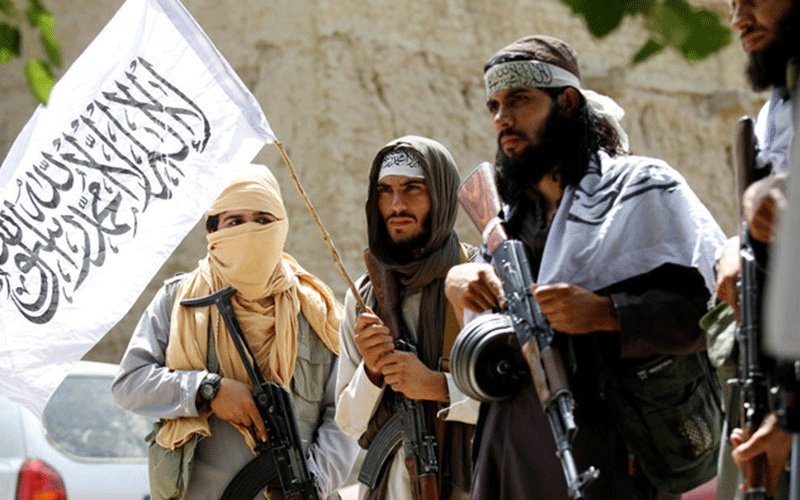Amnesty Under Assault: Taliban Reprisals in a Post-Coalition Afghanistan
On the 15th of August, 2021, Taliban forces seized the Afghan capital of Kabul, marking the end of a 20-year military campaign that began in the aftermath of the September 11th attacks. The ensuing international, non-combatant evacuation effort was the largest in history and successfully airlifted more than 120,000 people from the country, over 40,000 of whom were deemed at-risk due to service in the Afghan government or security apparatus. This figure, however, represents a small proportion of an increasingly vulnerable demographic, left exposed to widespread human rights abuses in spite of, and oftentimes enabled by, a promise of general amnesty by the Taliban.
The principle of post-conflict amnesty is a deeply entrenched juridical and cultural norm. Though lacking a uniform definition under international law, the term most frequently refers to legislative acts barring criminal investigation and prosecution of an individual, group, or specific category of offence. Formal discussions regarding a possible amnesty to remaining members of the Afghan National Security Forces (ANSF) began on the day of the Kabul takeover, when Taliban spokesperson Zabihullah Mujahid tweeted that ‘those who had jobs in the military and civilian departments…are pardoned and at peace’. Former Afghan government personnel would be required to surrender weapons and register with Taliban authorities before receiving a letter ensuring their safety from reprisals. Though this promise has since been reiterated in numerous public statements by the new regime, official discourse has not translated into de-facto security.
As of 2023, the United Nations Assistance Mission in Afghanistan documented at least 800 human rights violations perpetrated against former members of the Afghan government, including extrajudicial killings, arbitrary imprisonment, forced disappearances, and torture. While the Taliban has vociferously denied a systematic campaign of reprisals, it has acknowledged individual instances of violence rooted in ‘personal enmity or revenge’. There is, indeed, a degree of validity to this claim.
The basic unit of the Taliban’s military structure is communal in nature. Known as delgai, these groups of up to 20 fighters are formed on the basis of kinship or informal ties and possess an acute understanding of local military as well as political dynamics. Evolutions in coalition strategy similarly emphasised the significance of centring counterinsurgency efforts at the village level. The result was the Afghan Local Police (ALP), the formalisation of organic self-defence groups capable of leveraging knowledge of their own communities to provide an enduring security presence. This localisation of conflicts to individual villages, however, was a veritable double-edged sword, with intense local mobilisation on both sides resulting in an increasingly intimate degree of violence. In the words of one analyst, ‘the cost of conflict where each side knows the other…is high and the risk of setting up new cycles of revenge clear’. With the collapse of the Afghan state security architecture which once supported the ALP, Taliban delgai now find themselves positioned to engage in local acts of extrajudicial retribution.
Even when implemented, the general amnesty instituted by the Taliban has, in fact, enabled human rights abuses beyond the local level. Pre-amnesty registration, for instance, occupies a vital step in a targeting process spearheaded by the Taliban’s General Directorate of Intelligence (GDI). Individuals are screened for ties with ANSF specialist units and, once identified, are forcibly disappeared and often subjected to physical torture. Families are offered no details regarding their whereabouts or the charges against them, with many incidents culminating in summary executions; in one instance, a former military technical expert, lured to his workplace under the guise of receiving amnesty, was taken into custody and found shot dead just days later. Provincial Taliban authorities have even leveraged failures to register for amnesty or surrender weapons as pretexts for night raids, effectively turning the tactics once employed by coalition troops throughout their 20-year campaign in Afghanistan against former security force personnel.
The extensive degree of institutional involvement indicates that abuses against members of the Afghan government are not gratuitous manifestations of inter-communal violence but a concerted policy of using general amnesty to retaliate against former enemies and pre-empt future threats to Taliban rule. This duplicitous intent is not without precedent. Similar assurances given in the wake of the Taliban’s 1998 capture of Kabul soon gave way to the mass execution of minority Hazaras on the grounds of treason. Leaders, adversaries, and conflicts have changed in the 26 years since. Evidently, the fundamental modus operandi of the Taliban has not.
Image courtesy of Reuters via Free Malaysia Today, ©2021. Some rights reserved.
The views and opinions expressed in this article are those of the author and do not necessarily reflect those of the wider St. Andrews Foreign Affairs Review team.



